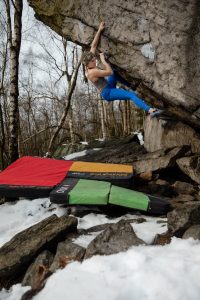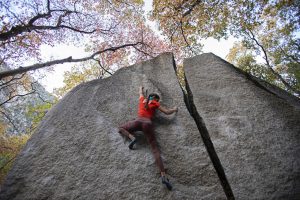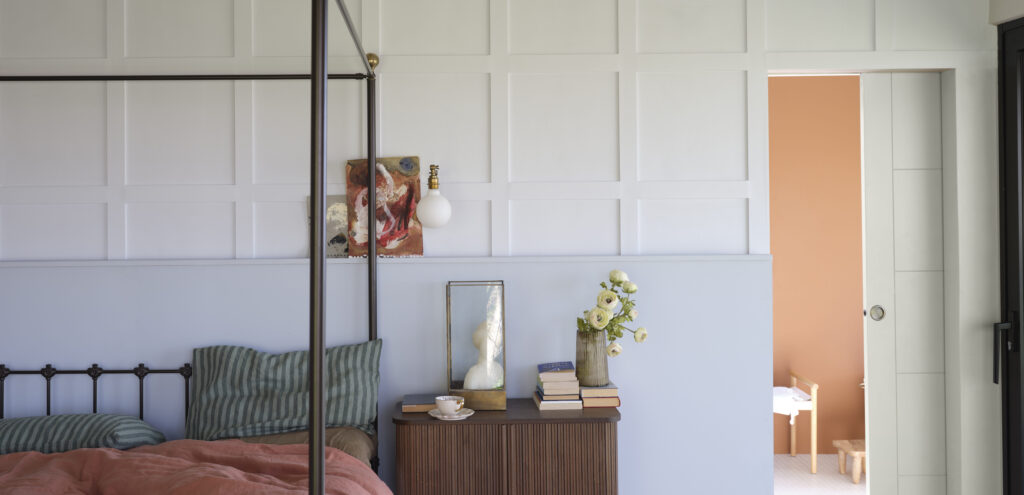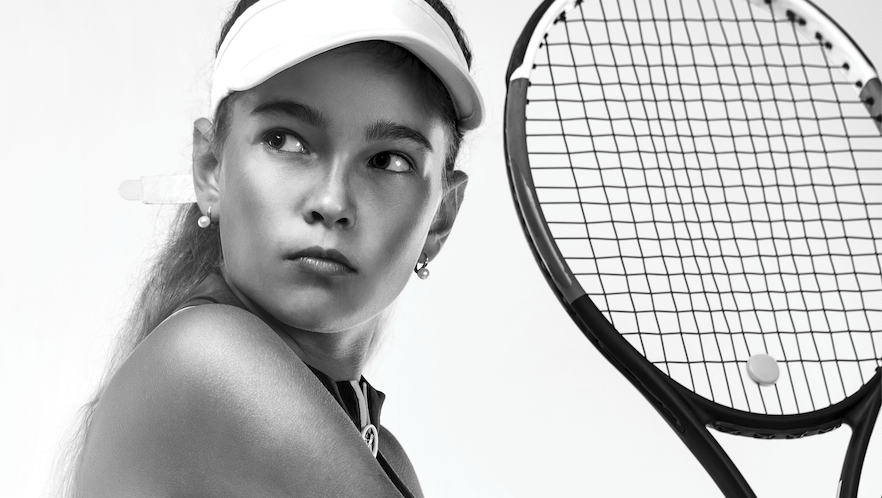Kyra Condie is a rare gem in the climbing world. As an eleven-year-old girl, Condie discovered a natural talent for a sport that was populated primarily by adult males. Her determination, passion, and athletic prowess paved her path in the once male-dominated sport of climbing. Although Condie encountered some setbacks on her journey, her perseverance and grit prevailed, and she is now ranked one of the best female climbers in the world.
At only twenty-three years of age, Condie qualified for the 2020 Tokyo Olympics. Though the Olympics have been postponed until 2021 due to the Pandemic, Condie’s spot remains, and she prepares to compete in what will be the Olympic debut for the sport of climbing. With a self-proclaimed, “determined and punchy” climbing style, as opposed to the flowy, graceful technique of many of her competitors, Condie is sure to take on the Olympic Games with a fierce competitive edge that is uniquely hers.
Currently, Condie is twenty-four and resides in Salt Lake City, Utah. She spends much of her time preparing mentally and physically for the Tokyo Olympics and other upcoming climbing competitions. When she is not training, Condie enjoys knitting, embroidery, and the endless entertainment of her two cats. One afternoon, when Condie was finished training for the day, I caught up with her to discuss her fascinating climbing career and what her future has in store.
What inspired you to try out climbing when you were an adolescent, and when did you begin climbing competitively?
As a child, I had many other interests like musicals and acting, and they fell to the wayside pretty much immediately when I found climbing. I loved it [climbing] right away, and I started on a team that was competing at regionals, so I was pretty much thrown right into competition climbing.
Did you experience any major setbacks in your early climbing career?
When I was twelve years old I was diagnosed with severe idiopathic scoliosis, which meant that I would need to have spinal fusion surgery. This news came right when I was starting to burnout in climbing, so it was actually pretty good timing to have this surgery and have climbing taken away because it was then that I realized how much climbing meant to me. In fact, it wasn’t until after my back surgery that I started winning major competitions. Two years after my back surgery was the first time I won Youth Nationals.
To compete at your level, you must have a pretty rigorous workout routine. Can you explain a little bit about your training regimen and what it takes to stay in shape as a competitive climber?
I think I am kinda known in climbing for my training. Growing up, I was on a team, but soon enough that changed, and I began training alone, which is pretty different from other climbers who mostly train in teams. Currently, I train five to six times a week; I usually rest on Wednesdays and Sundays. In climbing, you need those full-body rest days because there are so many small muscles involved in the sport. Something as simple as a finger injury is debilitating in climbing, so you really need to take rest days when you need them. As far as diet, climbing is a strength to body ratio sport, so it can get really dangerous to focus too much on what you’re eating due to the history of eating disorders in the sport. I try really hard to not focus on diets but to just eat generally healthy, and I have been a vegetarian since I was eight years old.
How important is the mental aspect of training, and what do you do to get into the right mindset to tackle tough climbs?
For training, the biggest mental component is staying motivated. Climbing is 99 percent failure. Most of the time you’re climbing, you’re falling off a cliff, and if you’re only climbing things you’re not falling off of, you’re probably not getting any better at the sport. This can be really hard for people who aren’t good at accepting failure, so you have to find the wins in each situation. That’s what I do–if I just make it one move further, but I don’t make it to the top, then that’s the win. Or even, the win could be learning something about the movement. In competitions, the mental aspect is huge. You have to be constantly reevaluating what you’re doing in competitive climbing because you have never seen the course before, so you’re making decisions on the wall and off the wall about what you’re going to do. It’s super different from say, a gymnastics routine that is fully planned.
Who are your greatest role models in the sport of climbing?
I’m inspired by the people I train with daily. Especially now, living in Salt Lake City, I train with a lot of women. Growing up, there weren’t very many girls to climb with–it used to be me as a young teenage girl and a bunch of adult guys, so now I am just really inspired to climb with my female peers. Growing up in climbing, the person I looked up to most was Alex Johnson. When I started climbing she was already winning World Cups, and she trained at my gym. She was the reason I knew that World Cups existed.
What competitions are on the horizon for you?
My main focus, along with my coach, is on the Olympics next year in Tokyo. The Olympics were supposed to happen this year, but they were postponed due to the Pandemic. This was the first time that climbing was going to be in the Olympics, so it was going to be our debut.
What are your climbing goals for the future?
One of the biggest goals I’m striving to achieve is making climbing more accessible. I do a lot of work with my federation and the international federation as well to advocate for athletes. This is a big goal for me unrelated to my own performance. With regards to my own performance in climbing, my goal is to perform at the Olympics, and I already have a spot there. For the upcoming Olympic Games, the climbing athletes qualify by name, which means that when I qualified for the Olympics I qualified under my own name, not just a U.S. spot, and that means I get to maintain my spot for when the Olympics are rescheduled.
Photo Credits: Alexander Zoltai









